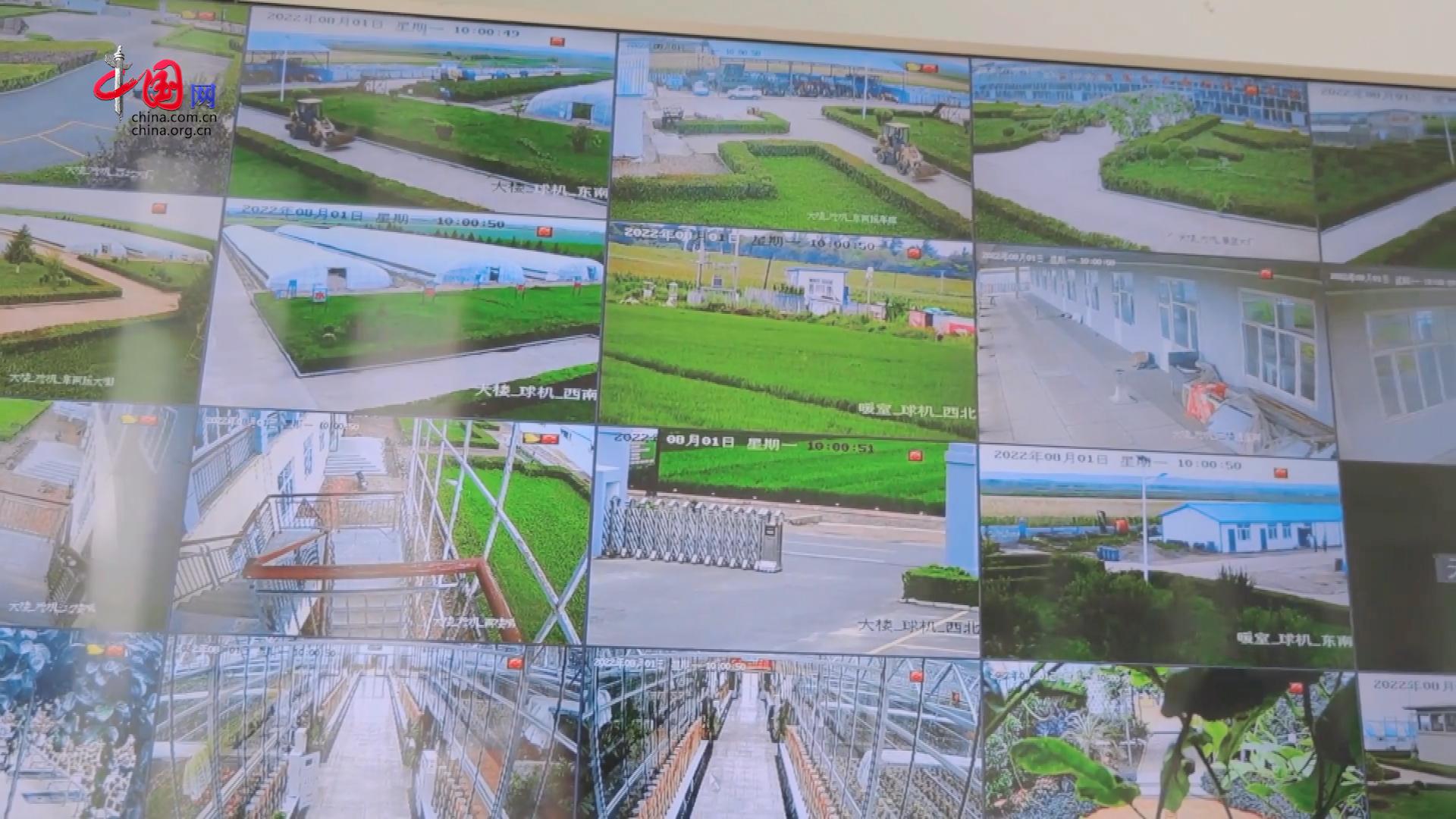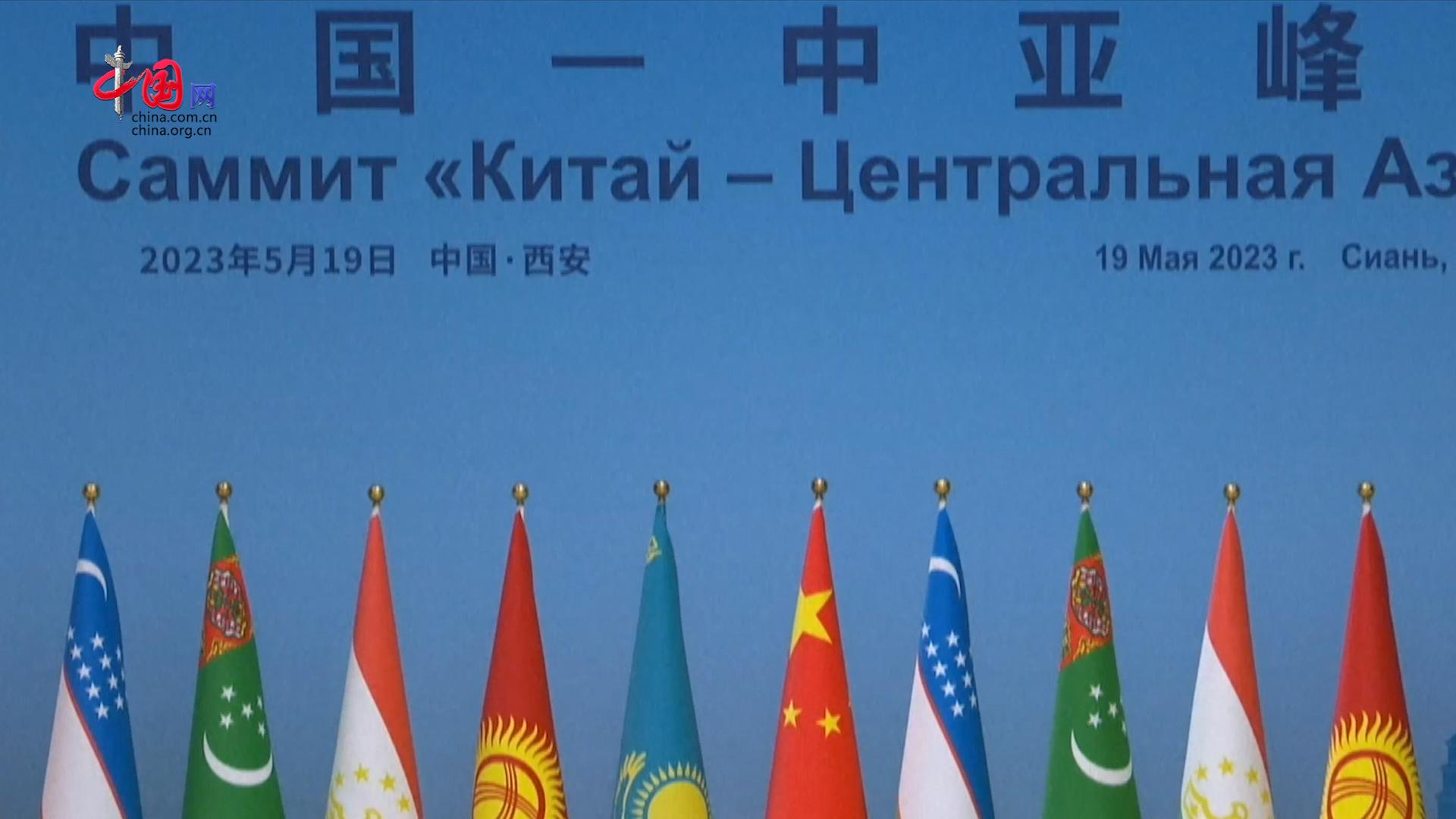AI賦能 “超級大腦” 智慧助力農業強國
今天,世界糧食安全正面臨氣候危機、軍事沖突、國際貿易摩擦等諸多挑戰。人工智能技術的進步、智慧農業的發展,讓化解糧食危機迎來曙光。
Today, the world's food security is facing many challenges, such as the climate crisis, military conflicts and international trade frictions. Advances in artificial intelligence (AI) and the development of smart agriculture have brought hope of addressing the global food crisis.

在今年“中央一號文件”中,中國也明確提出了加快農業農村大數據應用,推進智慧農業發展,助力農業數字化轉型,建設競爭能力強的農業強國目標。
In its "No. 1 central document" for 2023, China has also put forward accelerating big data application in agriculture and rural areas, promoting smart agriculturedevelopment, and facilitating agriculture's digital transformationin a bid to build up the country's competitivenessin agriculture.
在湖北省的一家“植物工廠”里,AI正通過模擬人的意識、思維規律和過程,學習農事作業方法、病蟲害識別和防治解決方案等相關的大量數據,進行推理、思考、規劃,從而提升資源利用率,降低農藥化肥消耗。
In a "plant factory" in central China's Hubei Province, AI is simulating human consciousnessas well as thinking rules and processesto acquire a large amount of data related to agricultural operation methods, pest identification and control solutions. After data-based reasoning, thinking and planning, AI helps lift agricultural resource utilization and cut pesticide and fertilizer use.

智慧農業擁有了一顆“超級大腦”,除了人工智能外,還離不開大數據、物聯網、區塊鏈和遙感技術這些底層技術的互通互聯。物聯網技術通過收集作物生長、農事作業等遙感技術數據,進行實時視頻監控并傳輸至云端,運用大數據、人工智能等技術構建農業數字模型。區塊鏈技術則主要應用于智慧溯源系統,為企業提升經營管理效率的同時,也為消費者提供更安全、更實惠、品質更高的產品。
Smart agriculture has a "super brain" thanks to AI, and it is also benefiting from the interconnection of underlying technologies such as big data, Internet of Things(IoT), blockchain and remote sensing. The IoT technology collects technical remote sensing data such as crop growth and farming operations, carries out real-time video monitoring and transmits it to the cloud, and then uses big data, AI and other technologies to build digital agricultural models. Blockchain technology is mainly applied to the intelligent traceability system, which not only improves the efficiency of enterprises' operation and management, but also provides consumers with safer, more affordable and higher-quality products.

農業研發工程師:“運用了自主研發的光合系統、水凈化系統、溫濕度控制系統等高精尖技術,可實現蔬菜標準化、自動化生產,終年均衡生產、按需生產。”
With independently developed photosynthesis system, water purification system, temperature and humidity control system and other advanced technologies, our "plant factory" has realized standardized, automatic, season-balanced and on-demand production of vegetables.
中國要想實現14億多人口從“吃得飽”到“吃得好”,在農業科技發展道路上還要不斷加強國際交流。
If China wants to improve food quality for its 1.4 billion peopleother than just ensuring sufficiency, it needs to step up international exchanges in developing agricultural science and technology.
今年是“一帶一路”倡議提出十周年,在剛剛閉幕的中國—中亞峰會上,中方也倡議與各國一道在農業領域成立會晤和對話機制,共同建設旱區農業聯合實驗室,支持在中亞建立高技術企業、信息技術產業園。
This year marks the 10th anniversary of the proposal of the Belt and Road Initiative. At the just-concluded China-Central Asia Summit, China proposed to work with Central Asia countries to set up a meeting and dialogue mechanism on agriculture, build together a joint laboratory on agriculture in arid lands, and support establishing high-tech firms and IT industrial parks in Central Asia.

從進博會到中關村論壇,推動農業發展聚焦協同創新、智慧共享,構建更加緊密的人類命運共同體,中國正在貢獻“智慧方案”。
From the China International Import Expo to the Zhongguancun Forum, efforts are being made to promote collaborative innovation and expertise sharing in agricultural development and build an even closer community with a shared future for mankind, with China contributing smart solutions.

